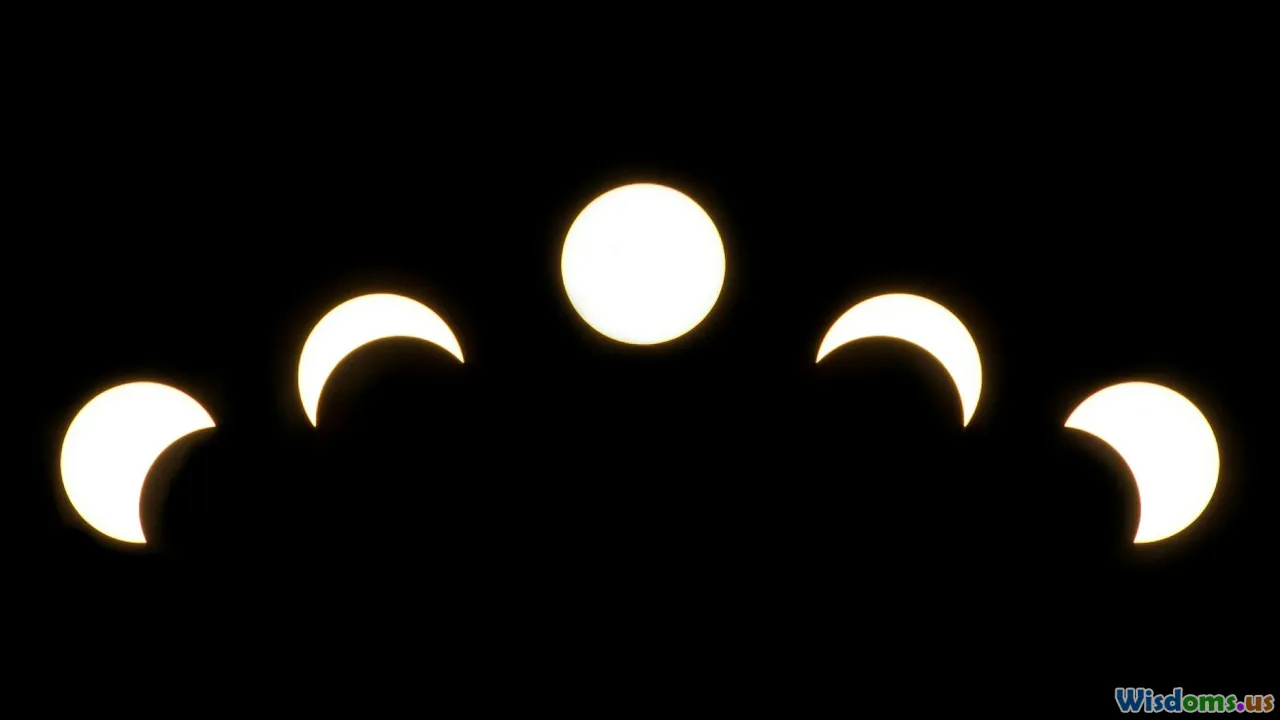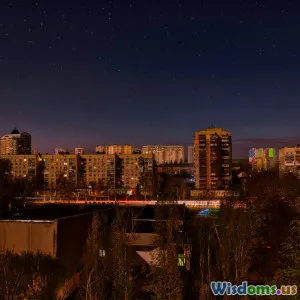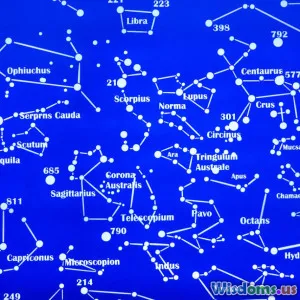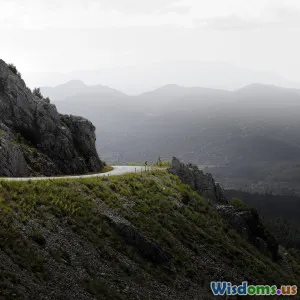
Chasing Solar Eclipses A Guide for Aspiring Astrophotographers
8 min read Master solar eclipse photography with tips, gear, and planning insights for aspiring astrophotographers. (0 Reviews)
Chasing Solar Eclipses: A Guide for Aspiring Astrophotographers
Introduction
Few celestial events inspire as much awe and wonder as a solar eclipse. The transient dance of the Moon perfectly aligning with the Sun plunges the world into spectacular twilight, a visual phenomenon that’s been celebrated by cultures worldwide for millennia. For astrophotographers, capturing this moment not only tests technical skill but also offers an unparalleled reward: immortalizing cosmic motion in a single frame.
But chasing and photographing solar eclipses is no simple task. This guide serves as your companion on this thrilling journey, demystifying the process and equipping aspiring astrophotographers with practical knowledge, strategic planning advice, and creative inspiration.
Understanding Solar Eclipses: The Essential Foundation
Types of Solar Eclipses
Solar eclipses occur when the Moon moves between the Earth and the Sun, casting a shadow on Earth. There are three primary types:
- Total Solar Eclipse: The Moon completely covers the Sun, visible only within a narrow path of totality, often just a few tens of miles wide.
- Partial Solar Eclipse: The Moon covers only part of the Sun, visible over a much larger geographic area.
- Annular Solar Eclipse: The Moon appears smaller than the Sun and leaves a bright ring or "annulus".
For astrophotographers, total eclipses offer the most spectacular shots, particularly of the solar corona—the Sun’s outer atmosphere visible only during totality.
Why Chase Eclipses?
Solar eclipses happen somewhere on Earth roughly every 18 months, but any one location experiences a total eclipse on average once every 375 years! This rarity demands that enthusiasts often travel extensively, combining adventure with astrophotography.
Famous eclipse chasers like eclipse photographer Xavier Mussat emphasize, “You are essentially hunting shadows cast across the Earth in near-real-time. It is physics, geography, and timing in perfect synchronization.”
Planning Your Eclipse Chase
Identifying Upcoming Eclipses
Your first step is identifying when and where the next eclipses will occur. Resources like NASA’s eclipse website provide detailed maps and times. For example, the much-anticipated total solar eclipse on April 8, 2024, crosses North America, enabling many to plan their trip.
Selecting a Location: Path of Totality Matters
Totality is the star of the show — your photographs will be dull without it. Study the path of totality carefully, considering not just the eclipse path but also weather forecasts, altitude, accessibility, and safety.
Pro tip: Coastal areas or desert locations often have clearer skies but can be remote. Urban areas offer accessibility but risk cloud interference.
Timing Is Everything
Plan to arrive at least a day in advance to scout locations and adjust for unforeseen conditions. Remember, totality lasts only a few minutes.
Essential Gear for Solar Eclipse Photography
Camera and Lens
- DSLRs and Mirrorless Cameras: High resolution and interchangeable lenses optimize your shots.
- Telephoto Lenses: 400mm or greater is preferred to capture detailed solar features.
Solar Filters
Absolutely critical for safety and image quality! Without a certified solar filter, you risk blinding yourself or damaging your camera’s sensor during partial eclipse phases.
For astrophotographers, a variable solar ND filter or dedicated solar film filters (e.g., Baader AstroSolar) are top choices.
Support Equipment
- Sturdy Tripod: To hold steady during long exposures.
- Remote Shutter Release: Avoids blur from camera shake.
- Extra Batteries and Memory Cards: Conditions on location can be unpredictable.
Additional Accessories
- Smartphone adapters: Capture supplemental shots or time-lapse.
- Sun Finder: Helps align your camera setup precisely.
Mastering Solar Eclipse Photography Techniques
Exposure Settings for Different Eclipse Phases
The dynamic range varies dramatically:
- Partial Phases: Use the solar filter with ISO 100, shutter speeds between 1/500 to 1/2000 sec depending on light conditions.
- Totality: Remove the solar filter and experiment with longer exposures (1/4s to 2 sec) to capture the corona and prominences.
Focus and Composition
Manually focus on the Sun at mid-eclipse while zoomed in. Compose to include elements like the horizon, surrounding landscape, or observing crowds for context-rich images.
Bracketing and Exposure Blending
Because coronal brightness varies, bracket exposures and later blend in post-processing to highlight all features.
Safety Reminder
Never look directly at the Sun without proper eye protection during any eclipse phase except totality.
Post-Processing and Sharing Your Work
Connecting Frames
Some photographers create composites combining partial and total eclipse phases for dramatic effect.
Software Tools
Use software like Adobe Lightroom, Photoshop, or specialized astrophotography tools such as RegiStax to stack and enhance.
Sharing to Inspire
Consider social media platforms or astronomy forums where your images can educate and excite others about this cosmic wonder.
Xavier Mussat shares, “A single eclipse photo can spark curiosity that leads a person to learn more about astrophysics or even pursue a scientific career.”
Conclusion
Chasing and photographing solar eclipses is a journey of patience, precision, and passion. While it involves detailed planning, technical skills, and often travel, the rewards are nothing short of breathtaking. Capturing those fleeting moments where day meets night, and the sky’s mysteries unfold, is an unmatched thrill for any astrophotographer.
With the right preparation, gear, and mindset, you too can become part of a global community inspired by the dance of shadows across our sky. The next eclipse is never far away—start planning your chase today and turn dreams of cosmic photography into reality.
Remember—space waits for no one, but with dedication, every astronomy enthusiast has a chance to catch the sun’s fleeting curtain call.
Rate the Post
User Reviews
Other posts in astrophotography
Popular Posts


















